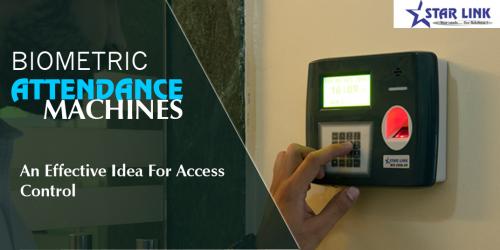What We Expect from Biometric Technology & the Solutions It Provides

The issues related to security have massively changed with the introduction of biometrics. Biometric devices have eliminated many risks related to national & domestic security. With new advancements, the technology is sophisticated enough to face new challenges rising every day. The technology is touching all spheres and as demand for authentication grows, the questions over the system also grow. However, what critics fail to understand is that the system is reliable and currently there is no other alternate available to take on the threats that we modern world people face.
EXPECTATIONS
Since the technology is elegant & classy, our expectations associated with it are also growing rapidly. The common public seems to have the most surprising reactions whereas industry experts see this technology from a different angle. They argue that the system offers promise of an improved security environment (logical access) and enables smooth entry into mainframe networks. They however have some basic expectations related to the technology.
Cost
The costs used to be high in the initial years which have significantly decreased. The basic costs for installing a system includes: hardware charge, software charge and indirect charges as in installation, maintenance and user acceptance costs. The more effective/economical the cost, the more trust the system gains.
Security
The biggest that we expect from this technology is the “security factor”. The systems should offer a high level of protection from various threats. We expect it 5 steps ahead of the danger/threat. Hence, the second generation biometrics comes into frame.
Convenience
Technology should have a user-friendly nature. Any small flaw could develop ‘trust issues’ within the minds of users. These issues will gain momentum on matters of logical and physical access control.
Performance
Another big interest that this technology invites to is ‘performance level’. Some major errors that the device could face are: false acceptance rate (FAR), failure to enroll (FTE) & false rejection rate (FAR). The accuracy depends on numerous factors like quality, database size, time interval, operating environment and health of the algorithms.
Commonality/Universal
How would biometrics universalize? If only they are interoperable or correlate among various biometric technologies like varied algorithms, sensors and vendors. The system should have the tendency to authenticate users with sensors from various producers running on multiple platforms (software/hardware).
SOLUTIONS
We talked about our expectations but let’s head to the solutions. What does the system provide us? Has it made our life easier? Or is it just another sham? It’s definitely not a sham; biometrics has long-term benefits. The spread is currently like a wildfire, a fire that is not easily controllable. Some selected solutions are:
Ramped Up Security
New heights are achieved everyday with installations rapidly at public places, offices, borders etc.
Biometric Attendance
Collection of bulk employee data and attendance management is one of the biggest benefits.
Transactions
No security PINs, no remembering passwords, no physical keys to handle, the user’s body characteristics are the biggest key for the system.
Biometric Access Control
The second generation biometric costs have decreased, the employee management improved, communications strengthened, logically correct, accurate and increase protection, all features of a future-proof technology.
Smart World
Post Your Ad Here
Comments